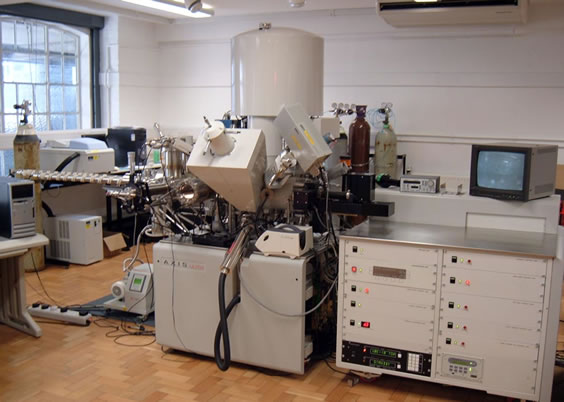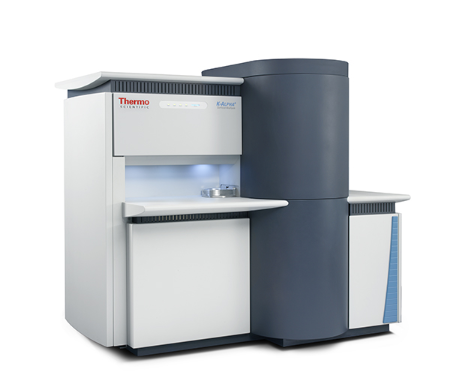The XPS service at Cardiff has a well-established service history that has allowed the development of a high level of surface analysis expertise covering a range of industrial sectors and university research.
State of the Art X-ray Photoelectron Spectroscopy Analysis
We offer state of the art XPS analysis through two leading photoelectron spectrometers

Our Kratos Axis Ultra-DLD system combines conventional X-ray photoelectron spectroscopy (XPS), micro XPS and imaging XPS and is equipped with both monochromatic and dual Al-Mg X-ray sources. A hemispherical analyser (HSA) provides both high energy resolution and high sensitivity for micro spectroscopy with spatial resolution <15 µm. With addition of the spherical mirror analyser (SMA), real time chemical state images down to 3 µm spatial resolution can be obtained in the parallel imaging mode.
The spectrometer is equipped with a delay-line detector (DLD), which comprises of a multi-channel plate stack above a delay-line anode and used for photoelectron detection in both spectroscopy and imaging modes. The DLD provides ca. 10-20 times higher count rate in XPS spectroscopy mode, up to 120 detection channels, parallel spectral acquisition (snapshot mode) capability, and pulse counting parallel XPS imaging capability for lateral distribution of chemical species.
Our Thermo K-alpha+ system offers a high throughput, rapid analysis system using monochromatic Al radiation. A new X-ray monochromator allows for the selection of an analysis area from 30 µm to 400 µm in 5 µm steps. A new addition to the system (and the first users in the UK) is “SnapMap” imaging which allows for rapid aquisition of image data of a surface.

The analysis area is tuned to the feature of interest to maximize the signal. The high efficiency electron lens, hemispherical analyzer and detector allow for superb detectability, and rapid data acquisition.
Charge compensation uses a patented dual-beam flood source which couples low energy ion beams with very low energy electrons (less than 1 eV), which prevents sample charging during analysis and aids the analysis of more challenging insulating samples. The K-Alpha+ also allows chemical state images of a surface. Useful in analyzing small sample features, but capable of imaging a large sample the size of the whole sample stage. The unique optical viewing system offers the opportunity to overlay XPS images with stored camera images, creating powerful tool for identifying and quantifying distributions of surface chemistries.

